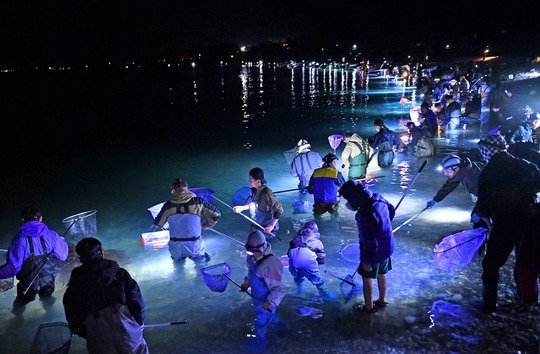
Every spring, as the night wraps Toyama Bay in a blanket of stars, another constellation appears just below the surface of the sea. Glowing blue, pulsing softly, the firefly squid—known in Japan as Hotaru Ika—emerges from the depths in a dazzling marine light show that defies logic and feels like magic.
This natural phenomenon, unique to the waters of Toyama Bay on the northern coast of Japan’s Honshu island, transforms the shoreline into a stage for one of the ocean’s rarest spectacles. And yes—it’s 100% real, no CGI required.
What Exactly is the Firefly Squid?
The firefly squid (Watasenia scintillans) is a small cephalopod, only about 7 to 8 centimeters in length. But don’t let their size fool you—they come equipped with thousands of photophores, specialized light-producing organs that allow them to emit an ethereal blue glow.
These tiny squids use bioluminescence not just to dazzle humans, but to communicate, attract mates, and confuse predators. Their lights can blink on and off in patterns, creating a synchronized underwater dance that’s part science, part sorcery.
Why Toyama Bay?
Not all squid glow, and even among the glowing ones, not all gather in masses near shore. So why is Toyama Bay so special?
The answer lies in geography. Toyama Bay is deep—very deep—dropping sharply to more than 1,000 meters just offshore. This creates the perfect habitat for deep-sea dwellers like the firefly squid. In the spring months (March to June), millions of these creatures rise from the deep to spawn, gathering in the bay’s shallow waters in numbers so great they light up the coastline like submerged starlight.
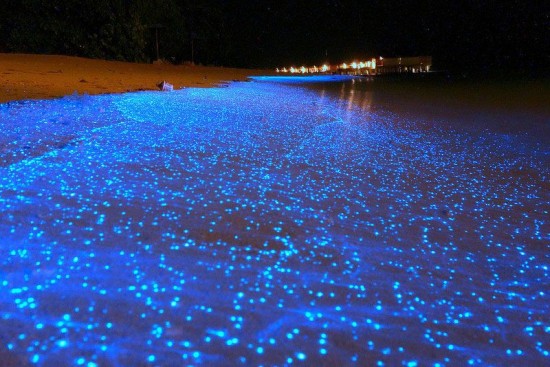
When & How to See Them
The prime season to witness this phenomenon is from late March to early June. The squids typically surface around 3:00 to 5:00 a.m., when the sea is calm and dark.
There are several ways to experience the light show:
- Hotaru Ika Museum: Located in Namerikawa City, this museum has a boat tour that takes visitors out into the bay before dawn to see the glowing squids up close.
- Observation Decks: During peak season, the shoreline sometimes becomes a glowing border as squids wash ashore. Local guides can point you to the best viewing spots.
- Fishing Boats: Some tours partner with local fishermen, allowing visitors to see the catch brought aboard and witness their radiant glow firsthand.
Not Just a Light Show – It’s Dinner
Yes, you can eat them. In fact, Hotaru Ika is a seasonal delicacy in Toyama. Served raw as sashimi, boiled, or marinated in soy sauce and vinegar, these glowing creatures are celebrated in local cuisine. And no, they don’t glow on your plate—only in the sea.
The region even holds an annual Firefly Squid Festival to celebrate their arrival, complete with street food stalls, educational exhibits, and early morning tours.

The Science Behind the Glow
So, how do they glow? The magic is biochemistry. Firefly squid produce light through a chemical reaction involving the enzyme luciferase and a molecule called luciferin. When combined in the presence of oxygen, they emit a bluish glow—typically between 470 to 490 nanometers in wavelength.
Some photophores are even under neural control, meaning the squid can flash specific patterns or dim their lights, much like a symphony conductor controlling each section of an orchestra.
Mythology & Culture
In Japanese folklore, the sea is full of spirits—and glowing creatures are often seen as messages from the other side. While the firefly squid doesn’t have a prominent place in mythology like the koi or the dragon, its presence in Toyama has inspired everything from haiku poetry to modern artwork and anime references.
Locals speak of the glow with reverence—an annual reminder that the ocean still holds secrets. The light, they say, is a gift. Ephemeral, uncatchable, unforgettable.
Tips for Travelers
- Best time to visit: Late March to early May for the brightest displays.
- Arrive early: Boat tours leave before dawn, so plan to stay nearby or travel overnight.
- Dress warm: Early spring mornings by the water can be chilly.
- Respect nature: Don’t touch the squids or remove them from the beach. Let them shine and return to the sea.
A Wonder of the Night
The bioluminescent firefly squid of Toyama Bay isn’t just a pretty light show—it’s a rare alignment of biology, geography, and timing that turns the sea into a living galaxy. It reminds us that not all natural wonders shout from mountaintops—some whisper beneath the waves in a language of light.
If you’re chasing hidden wonder in Japan, add Toyama to your map. Come early, look closely, and let the squids show you a kind of magic that only happens while the rest of the world is sleeping.
Share this story and inspire others.
Tags: firefly squid, hotaru ika, toyama bay, bioluminescent squid, glowing squid japan, natural phenomenon japan, marine life japan, weird sea creatures, mysterious ocean life, japan offbeat travel
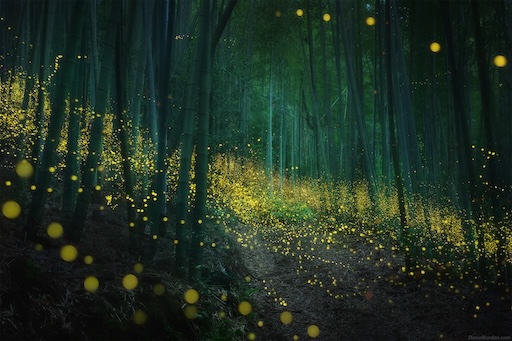 Firefly Phenomenon (Hotaru Season) – Magical Nights in Japan
Firefly Phenomenon (Hotaru Season) – Magical Nights in Japan
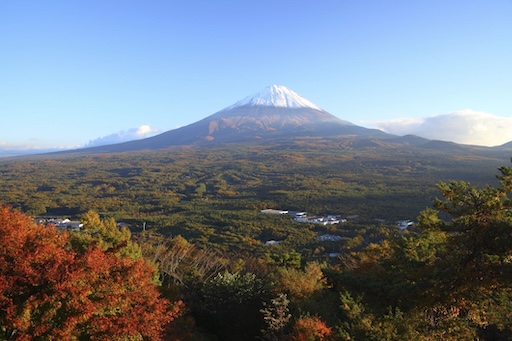 Aokigahara Forest – The Magnetic Silence of Mount Fuji’s Lava Woods
Aokigahara Forest – The Magnetic Silence of Mount Fuji’s Lava Woods
 The Sacred Corn Festivals – When Maize Becomes a God
The Sacred Corn Festivals – When Maize Becomes a God
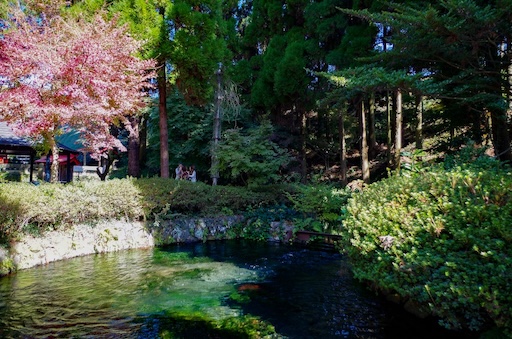 Shirakawa Suigen – Kumamoto
Shirakawa Suigen – Kumamoto
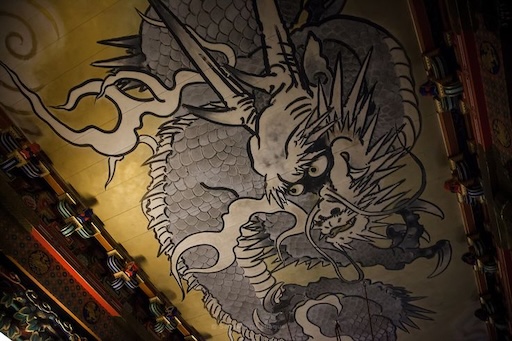 Nikko’s Crying Dragon – Tochigi
Nikko’s Crying Dragon – Tochigi
 Paricutín Volcano – The Volcano That Was Born in a Cornfield
Paricutín Volcano – The Volcano That Was Born in a Cornfield